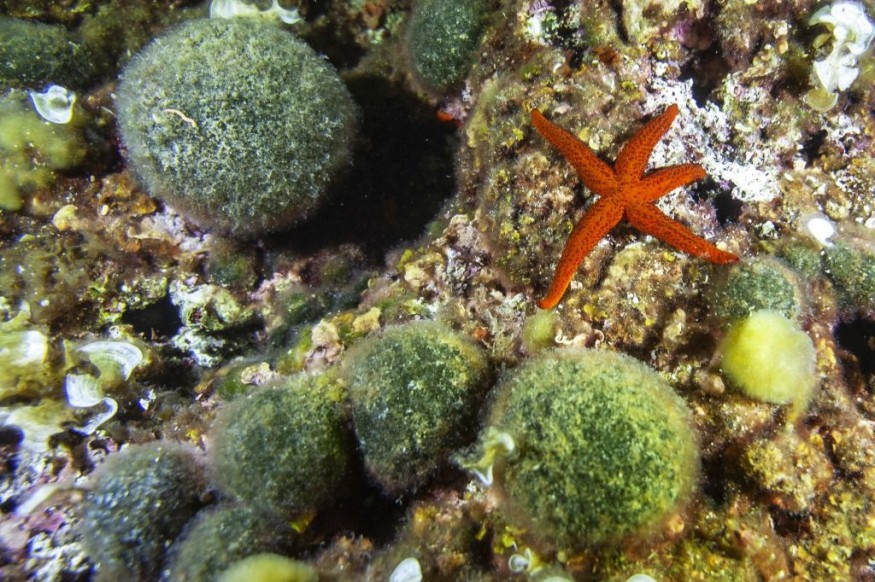Sponges or sea sponges (Porifera) have been found to be capable of "sneezing" out particles containing mucus and unwanted waste, according to a new study.
While it has been compared o a runny nose, a sponge sneeze is quite different.
The remarkable behavior is possible as the multicellular organisms have bodies covered with pores and pathways, which allow water to pass and circulate through them.
The new research shows the sponges sneeze to unclog their internal filter systems, which they use to capture nutrients in the water.
The ground-breaking discovery highlights that sneezing out mucus could be the oldest ways for organisms to release unwanted waste, which includes toxins inside the body.
Similar to an aquarium filter, the sponge conducts the process in a slow phase, as captured in a video.
While sponges also produce their own toxins, the study found that the mucus can be used as food by other animals that live with the said organisms, which is one of the oldest of their kind.
While human sneezing expels mucus containing irritants or foreign particles, sponge sneezing could hold a potential approach of how one can remove the most unwanted substances or even pathogens in one's body.
Sneezing Sponge Video

In timelapse video uploaded by Guardian News on YouTube on Wednesday, August 10, the 35-second footage shows a violet sea sponge sneezing in the depths of the ocean.
The sneezed or released white particles contain the waste materials coming out from their pores via stream of mucus.
Compared, yet separated, from a normal runny nose, the UK media outlet said that the video had been fast-forwarded since the actual sponge sneeze half an hour to happen.
The YouTube video is connected to the mentioned study led by the University of Amsterdam, where its marine biologist, Dr. Jasper de Goeij, and other researchers suggest sponges are capable of complex behaviors.
Unwanted Waste
The new paper was published in the journal Current Biology on Wednesday, wherein the research team examined the tube sponge Aplysina archeri in the Carribean and another sponge from the genus Chelonaplysilla in the Indo-Pacific region.
They found the sponges move mucus against its internal feeding current.
The team also determined that a so-called particulate waste is trapped by the mucus and forms over the sponge's surface.
In addition, the expelled mucus and waste is consumed by associated fauna or released into the environment.
Study Takeaways
According to Niklas Kornder, the study's first author, there are still many aspects about the sponge sneezes that remain unanswered or left as open questions, as cited by Science Daily.
Kornder added that further analysis is needed to know what is happening during the complex behavior, pointing the mucus moves on a defined path on the sponge's surface before accumulating.
Goeij further noted a number of scientists think that sponges are very simple organisms but the marine animals are capable of exhibiting flexible behavior and adaptation to their environment.
Related Article : Sea Sponges Found 'Extremely Bleached' in New Zealand Waters
© 2025 NatureWorldNews.com All rights reserved. Do not reproduce without permission.





